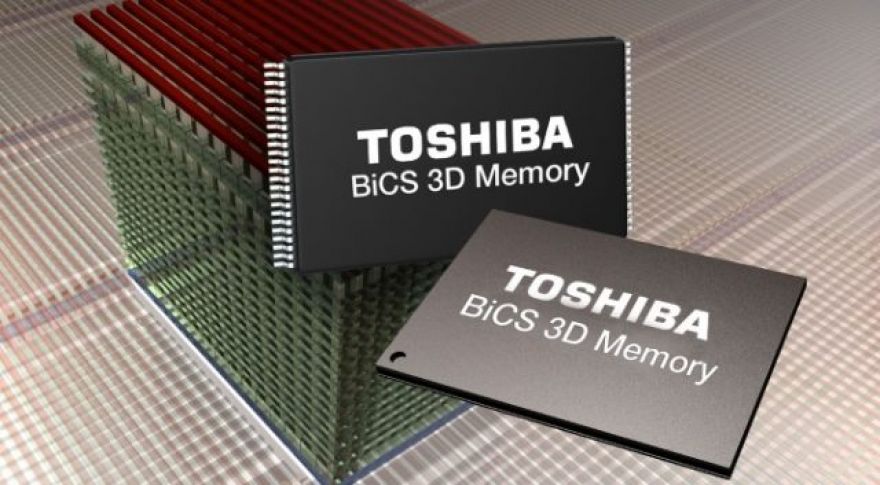
Western Digital is typically thought of as a traditional HDD manufacturer more than an SSD firm, but the company’s joint NAND flash venture with Toshiba is designed to change that. Today, that work appears to have paid off in a significant way with two separate announcements. First, WD claims that it will begin by the end of this year, with early commercial volumes ramping up in 2018. That’s a significant achievement, given that Intel just announced commercial shipments of 64-layer NAND earlier this week, but the situation isn’t quite as rosy as the company makes it sound.
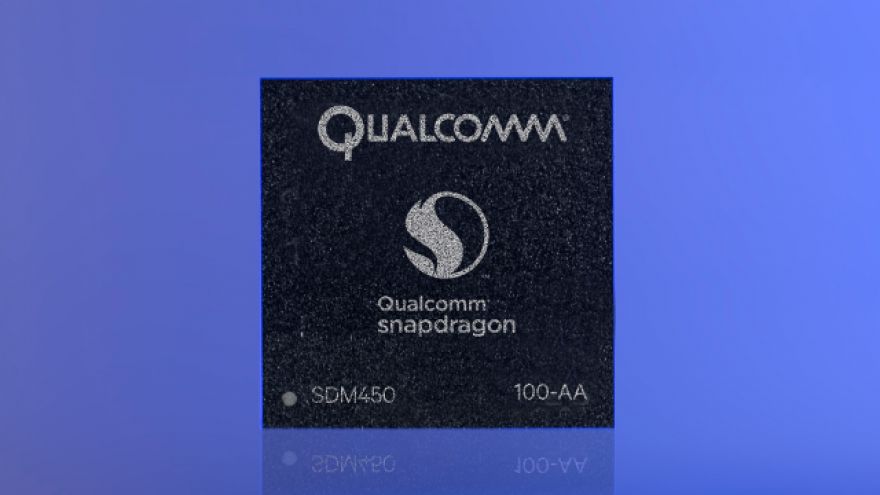
The release of the original Snapdragon 400-series chips was a revelation for midrange smartphones. No more did they have to feel so obviously underpowered and lacking in features. Devices like the Moto G used the Snapdragon 400 to great effect, offering an almost unbelievably inexpensive device with solid performance. The 400 series has been stagnating lately, but Qualcomm is about to give the midrange its biggest boost since that first 400 chip came out. Later this year, the Snapdragon 450 will begin popping up in devices. A system-on-a-chip (SoC) designed for the midrange isn’t as sexy as a super-powerful flagship Snapdragon 835, .
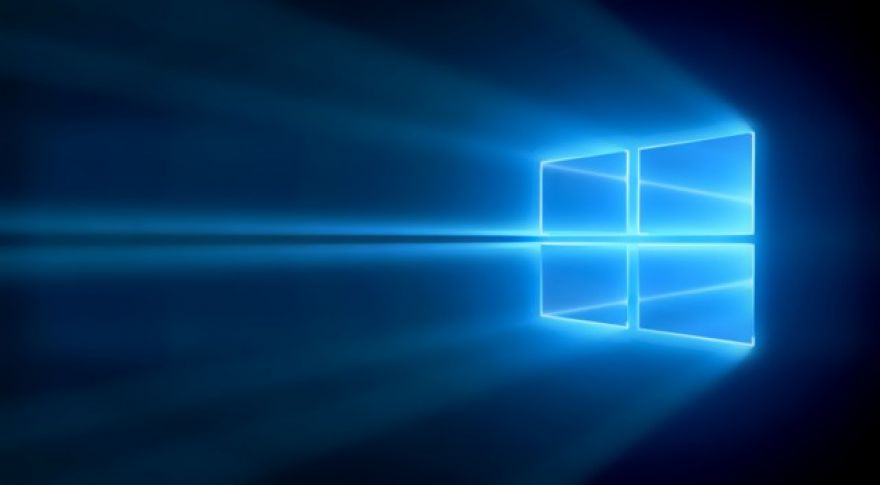
When we covered for a new GPU analysis tool last week as part of the Fall Creator’s Update, we had some questions about how the tool would function and what information it would present. We’ve since spoken to a Microsoft spokesperson with some knowledge of the situation who was willing to share some additional information on how the tool will work and what it can do. First, last week, we questioned whether the GPU would report total memory requested (which is what tools like GPU-Z do) or actually report total memory utilized. Here’s what Microsoft had to say: The memory information displayed comes directly from the GPU video memory manager (VidMm) and represents the amount of memory currently in use (not the amount requested).
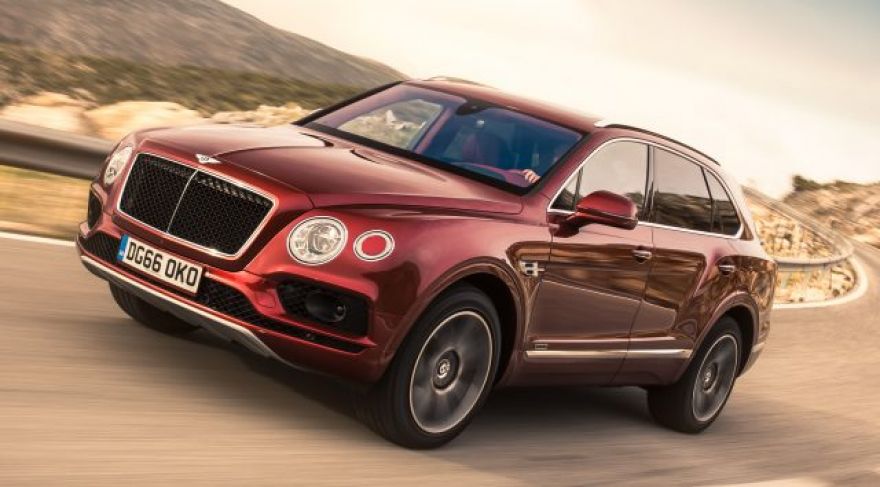
Diesel cars made up just 3 percent of the US new light-vehicle market before VW’s . The majority are pickup trucks hauling heavy loads. Still, the song of the diesel engine pounds a seductive beat among certain buyers of passenger cars and SUVs. They appeal to long-distance drivers who want to go 500 to 800 miles between fill-ups. Improved technology makes them start with minimal clatter and smoke, and at 30 mph and above, the sound is little different from that of a gasoline engine vehicle. Here are 10 diesel cars you can buy in the next year that are worth a look.
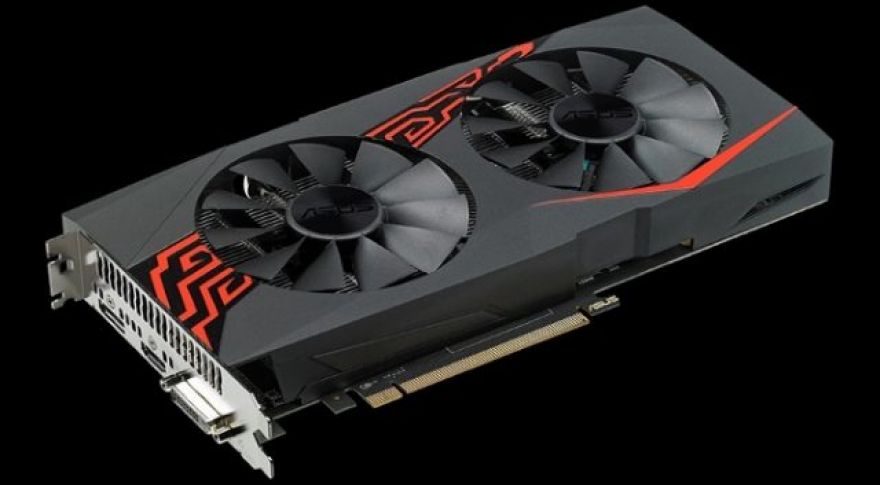
As we’ve discussed at various points, the great cryptocurrency GPU mining craze of 2011 to 2014 (peaking in 2013) was great for GPU manufacturers’ profit margins, but terrible for AMD’s actual GPU sales and market share. At the time, GPU manufacturers weren’t interested in attempting to create mining-specific SKUs or capabilities, even though there was some information that suggested some ASICs held up better under constant mining loads than others. There were reports at the time that FirePro workstation cards held up better over the long term than their Radeon counterparts when run 24/7. While this may have never been formally proven, and I don’t think AMD ever issued any statements on the topic, there’s at least a plausible mechanism of action for how such a thing could be possible.
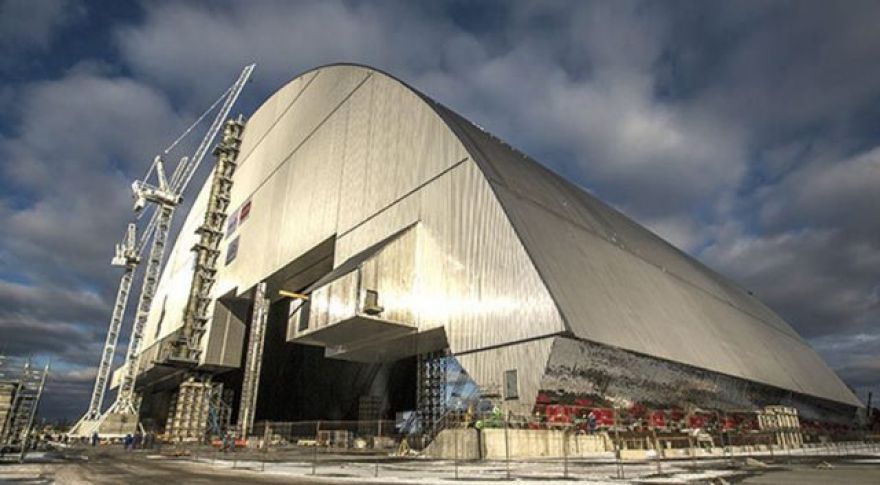
There are certain things that everyone on planet Earth should be able to agree on. I say that as someone who periodically writes about issues that impact global security, in both the physical and cyberworlds, and who tries to bring a fact-based reasonable perspective to topics that are often rather overheated. For example, if you want to understand global politics and why or might make some of the decisions that they do, it’s important to consider how different issues look from their perspectives, and you can certainly consider this information without endorsing their views. With that said: Everybody on our pale blue dot that qualifies even nominally as a mammal capable of understanding speech should understand that screwing around with the automatic sensors and reporting systems that monitor the Chernobyl nuclear power plant, including the New Safe Confinement structure that replaced the original sarcophagus, is a very bad idea.
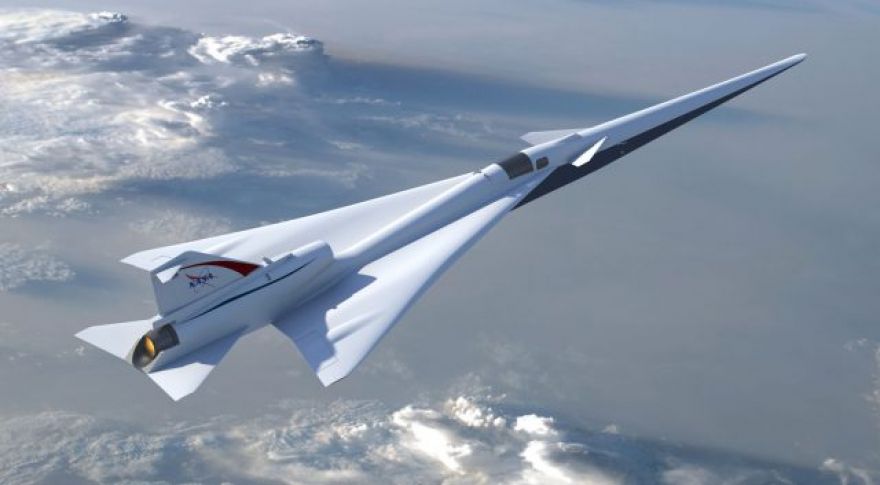
It has been more than a decade since the Concorde was retired from service, and since then no passenger aircraft has exceeded the speed of sound. That might change in the not-too-distant future, thanks to a project from NASA and industry partner Lockheed Martin Corporation. The agency is , or QueSST, which could lead to passenger jets that can again reach supersonic speeds. The Concorde was never seen as a major commercial success — more of a vanity project for the few European airlines that operated the planes. The nature of supersonic flight meant the sonic boom at ground level could shatter windows.
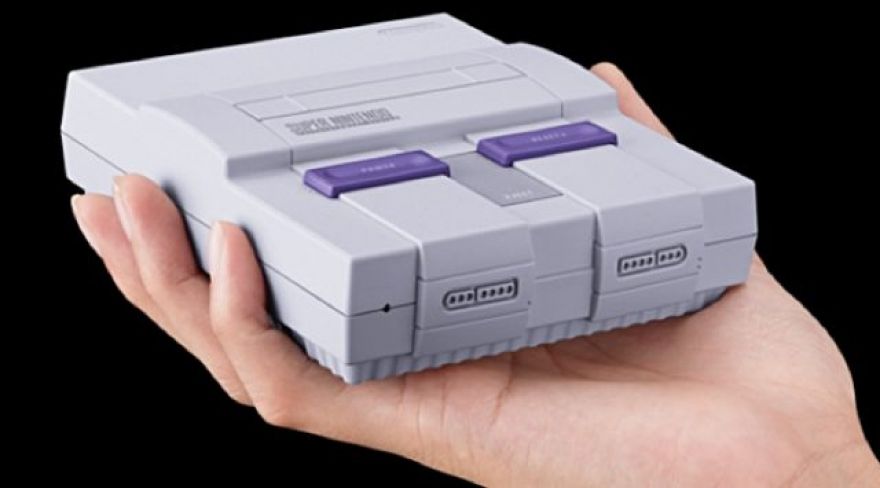
When Nintendo announced the NES Classic Edition last year, fans salivated at the thought of top-notch emulation for 30 classic titles, with the potential to add more games once modders took the machine apart to see what it could really do. Then, when Nintendo said it was going to ship more systems in the wake of overwhelming demand that the company, whose product sales projection department is apparently staffed by 19th-century employees who still think the real money is in playing cards, it only did enough to keep the eBay markup down to “just” two to three times the base system price.
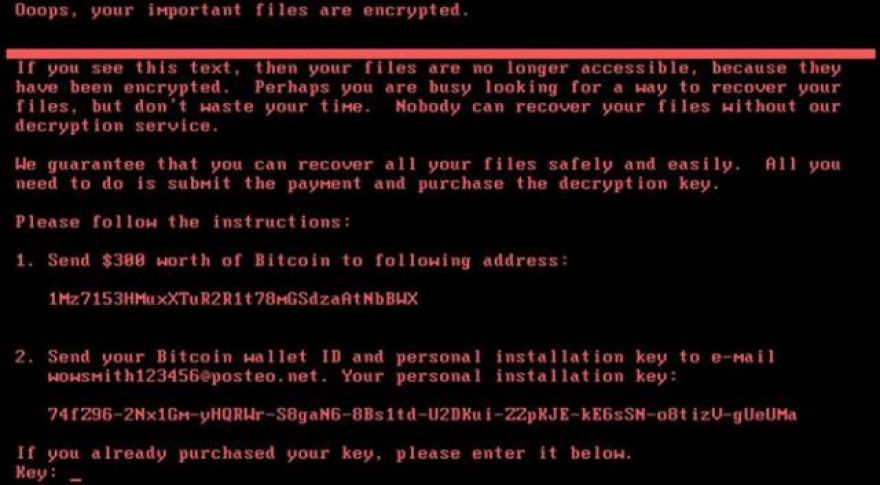
A new strain of ransomware is . Like the recent WannaCry attack, this one, called NotPetya, uses an NSA exploit leaked earlier this year. The highest rate of infection appears to be in Ukraine, where multiple government systems have been locked down. Ransomware is not confined be geographic borders, though. This new malware is already popping up in other European countries, as well as in the US. You can tell NotPetya from other forms of ransomware from the stripped down notice on the screen; it’s a plain black background with red text. Some ransomware tries to look like part of Windows, and others include fancy add-ons like a timer or links to resources about Bitcoin.









